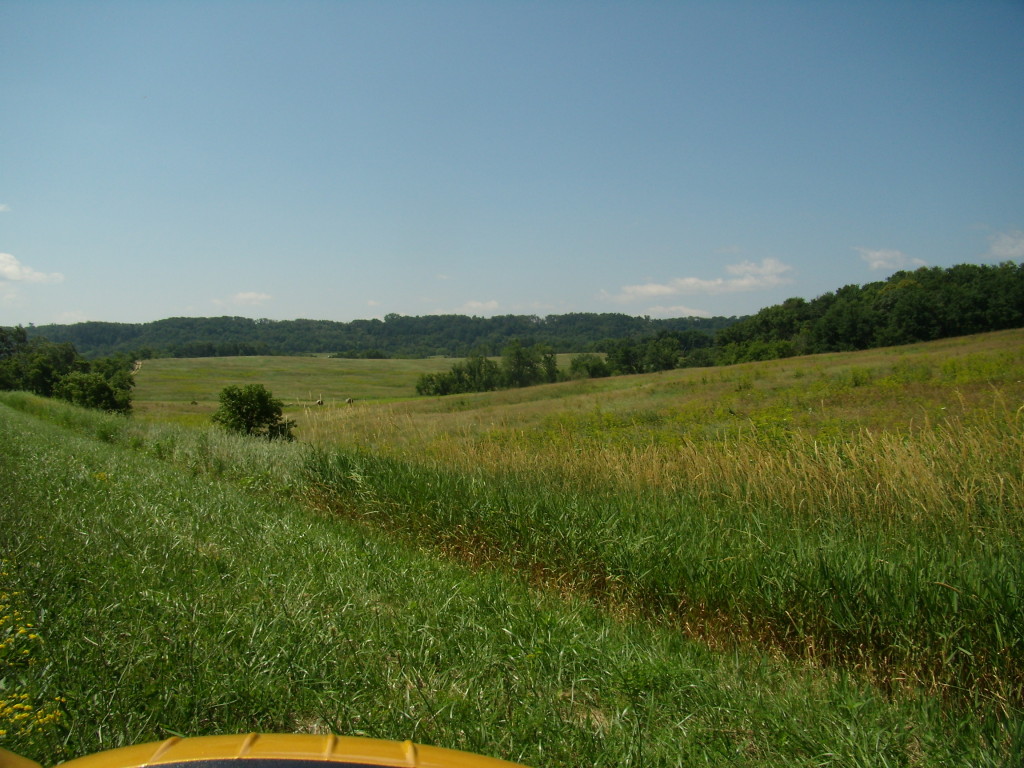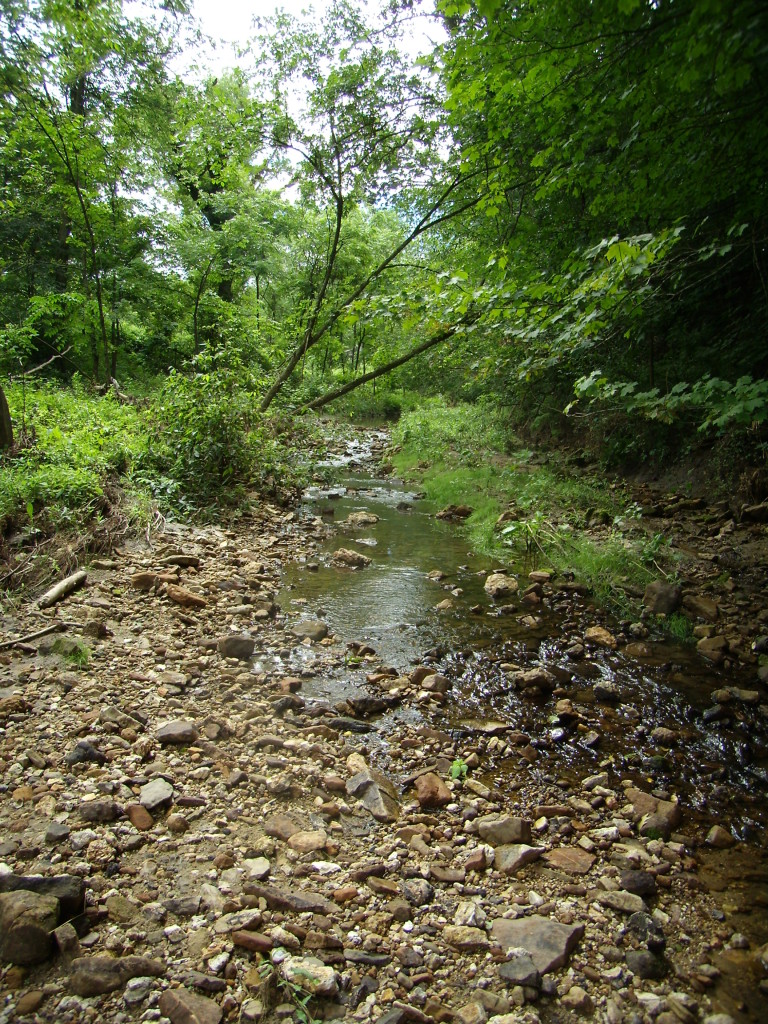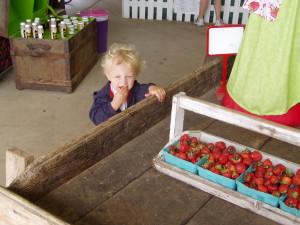On Friday, November 18th, Bayfield Regional Conservancy closed on a superb property with the Red Cliff Band of Lake Superior Chippewa. The following post is excerpted from an article by Dennis McCann in BRC’s newsletter
David Johnson remembers that when he bought a prime piece of Lake Superior frontage at public auction in 1980 he learned from a county clerk that the Red Cliff tribe had wanted the land but could not afford to put in a bid. It made him feel a bit funny to obtain onetime tribal land in such a way, he said recently, but not enough that he considered turning the property, which he knew would someday have much greater value, back to the tribe.
- From left: Travis Olson, Ellen Kwiatkowski, Larry McDonald, Tia Nelson, Bryan Bainbridge, and Chad Abel. Photo by Marcy Olson
But fast-forward more than 30 years and that is exactly what is happening. In a move applauded by tribal officials, Johnson and his wife, Marjorie, are selling the property to the Red Cliff Band of Lake Superior Chippewa, in partnership with the Bayfield Regional Conservancy. The acquisition will protect the now 88.6 acre property, including Johnson’s original 40 acres and an adjacent piece he added later, along with keeping in its pristine state the nearly quarter mile of sandy and pebble beaches offering views of five of the Apostle Islands.
Rose Gurnoe Soulier, tribal chairperson, said Red Cliff residents are elated at being able to again have access to a site that holds cultural and spiritual significance and which historically was within the reservation boundary and in tribal ownership.
Even better, that new access to what Soulier calls “this gem” will soon be enjoyed by more than just tribal members. In an unprecedented move for a Wisconsin Indian tribe, Red Cliff officials are planning to repurpose the property as Frog Bay Tribal National Park, open to both tribal and non-tribal members for hiking, birding, beach use and other recreational opportunities. The tribe will also use the property for gathering medicinal plants, nature-based educational activities and traditional and spiritual ceremonies, uses that will both protect the property and help preserve tribal traditions and way of life.
To further ensure long-term protection of the property, the Bayfield Regional Conservancy will hold a conservation easement on the land that will permanently restrict uses that are not compatible with protection of its conservation values, including subdivisions, development, excessive logging and more.
How the transfer came about involved more than a bit of serendipity. The Johnsons were longtime close neighbors and even closer friends with former Sen. Gaylord Nelson and his family. It was Nelson, of course, who is deemed the father of the Apostle Islands, and the view from the Johnsons’ Frog Bay property was of islands managed as part of the Gaylord Nelson Wilderness. It was Nelson’s daughter, Tia, who said Marjorie Johnson was “like a second mother to me,” who put the Johnsons’ in contact with Ellen Kwiatkowski at BRC and initiated discussions that led to tribal acquisition.
“One of things that I really like about this project is it brings so many groups together,” said Kwiatkowski. The purchase is being funded by the U.S. National Oceanic and Atmospheric Agency’s Coastal and Estuarine Land Conservation Program which provides funding for local units of government to acquire important coastal lands. This will be the first time that a Native American tribe receives funding from that program to reclaim coastal lands. The Wisconsin Coastal Management Program also provided a lot of technical support to help bring the project to fruition. Kwiatkowski noted, “This is our first partnership project with the Red Cliff Tribe and we see many opportunities for future collaboration. Our mission of land conservation is very much in alignment with the Native vision of land stewardship that looks seven generations into the future to evaluate sustainable land use.”





